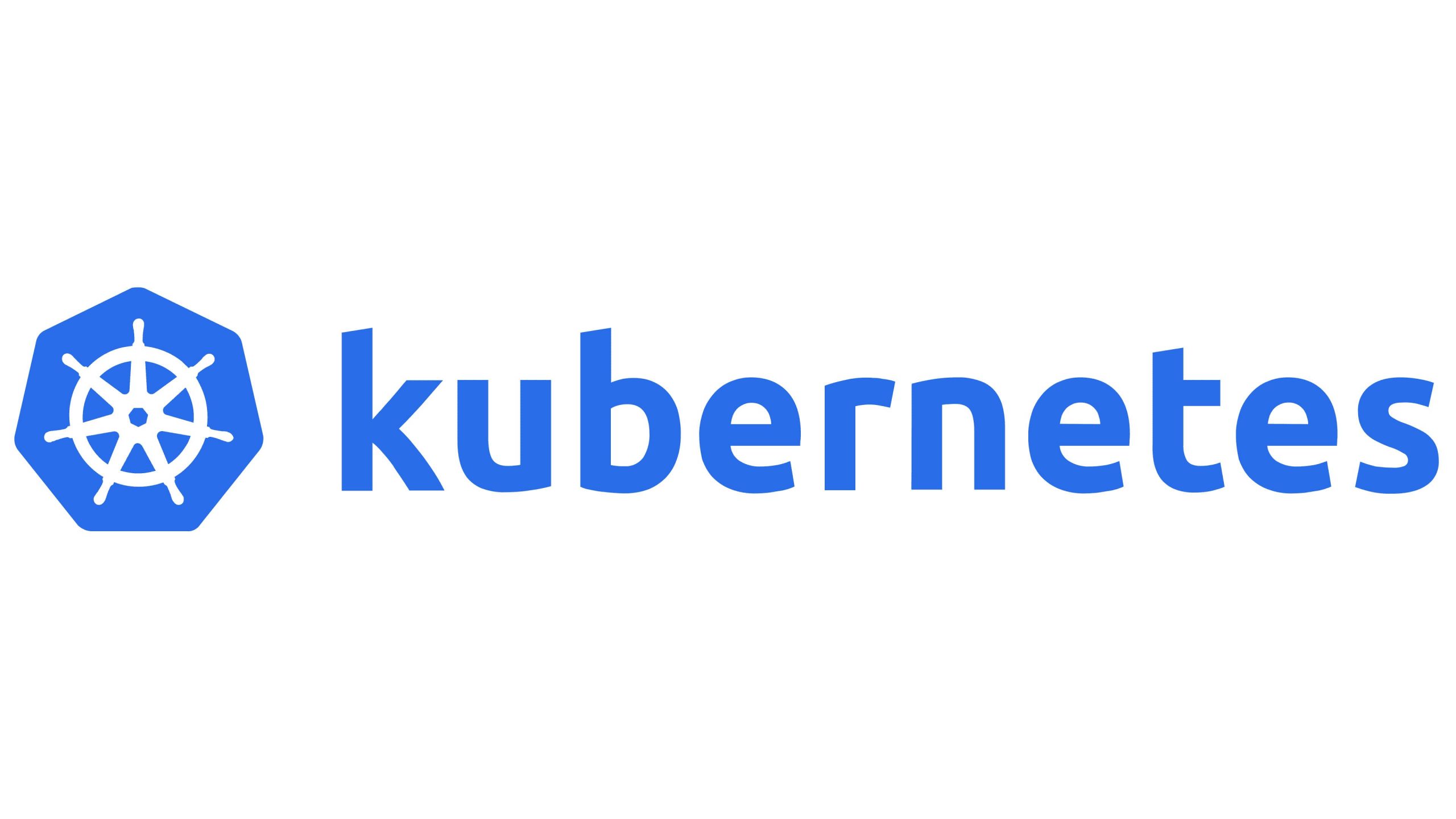Introduction:
In this guide, we’ll delve into Kubernetes Deployment Manifest File in YAML, a vital aspect of Kubernetes configuration. Kubernetes Deployment Manifest File in YAML simplifies resource definition and application management on your cluster. Follow along as we explore the creation of Deployment Manifest Files, complete with illustrative examples and key insights for effective Kubernetes deployment management.
1. Understanding the Basics
Before we dive into creating a Deployment Manifest File, let’s understand the basic structure and components:
- apiVersion: Specifies the Kubernetes API version being used.
- kind: Defines the type of resource (e.g., Deployment).
- metadata: Contains metadata like the name and labels.
- spec: Describes the desired state of the resource.
2. Creating a Simple Deployment
Here’s a minimal example of a Deployment YAML file:
apiVersion: apps/v1
kind: Deployment
metadata:
name: sample-deployment
spec:
replicas: 3
selector:
matchLabels:
app: sample-app
template:
metadata:
labels:
app: sample-app
spec:
containers:
- name: sample-container
image: nginx:latest
ports:
- containerPort: 80Explanation:
- apiVersion: We’re using the
apps/v1API version. - kind: This is a Deployment resource.
- metadata: Specifies the name of the deployment.
- spec: Describes the desired state.
- replicas: Sets the desired number of replicas (pods).
- selector: Defines how to select the pods managed by this deployment.
- template: Describes the pod template.
- metadata: Labels for the pods.
- spec: Defines the container(s) within the pod.
3. Deploying the YAML File
Save the YAML file (e.g., deployment.yaml) and apply it to your Kubernetes cluster using the following command:
kubectl apply -f deployment.yaml4. Scaling the Deployment
You can scale the deployment by updating the replicas field in the Deployment Manifest File and applying the changes again.
spec:
replicas: 5Apply the changes:
kubectl apply -f deployment.yaml5. Rolling Updates and Rollbacks
To perform a rolling update, change the container image in the Deployment Manifest File and apply the changes:
spec:
template:
spec:
containers:
- name: sample-container
image: nginx:1.19.10Apply the changes:
kubectl apply -f deployment.yamlTo roll back to a previous version:
kubectl rollout undo deployment sample-deploymentConclusion
Creating and managing a Deployment in Kubernetes using a YAML file provides a declarative way to define and control your application’s lifecycle. This tutorial covered the basics, scaling, rolling updates, and rollbacks. Customize the YAML file based on your application’s requirements for a seamless Kubernetes deployment experience.



I am sure this post has touched all the internet viewers,
its really really fastidious paragraph on building
up new blog.
Its not my first time to visit this web page, i am browsing
this site dailly and obtain nice information from here
everyday.